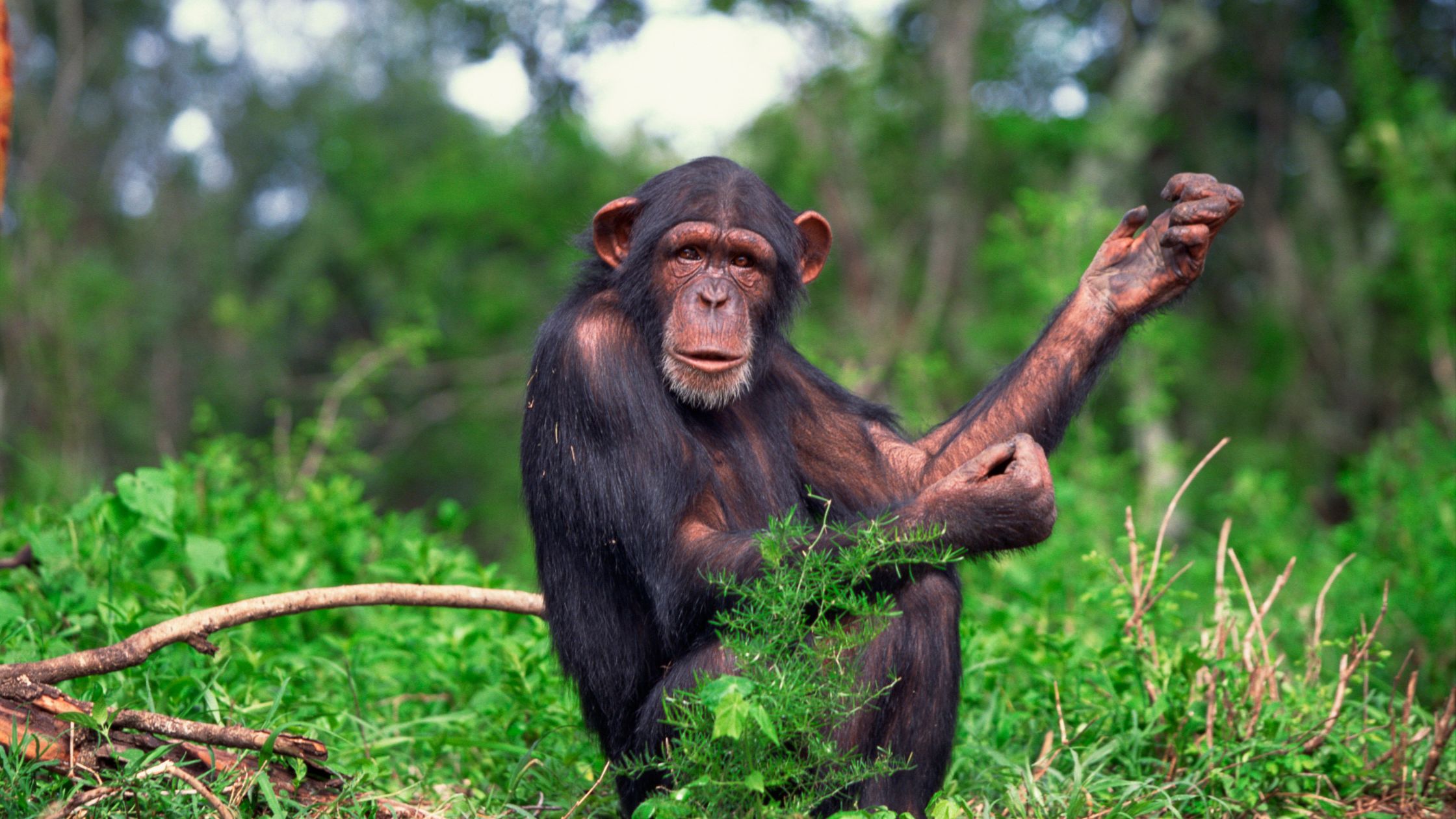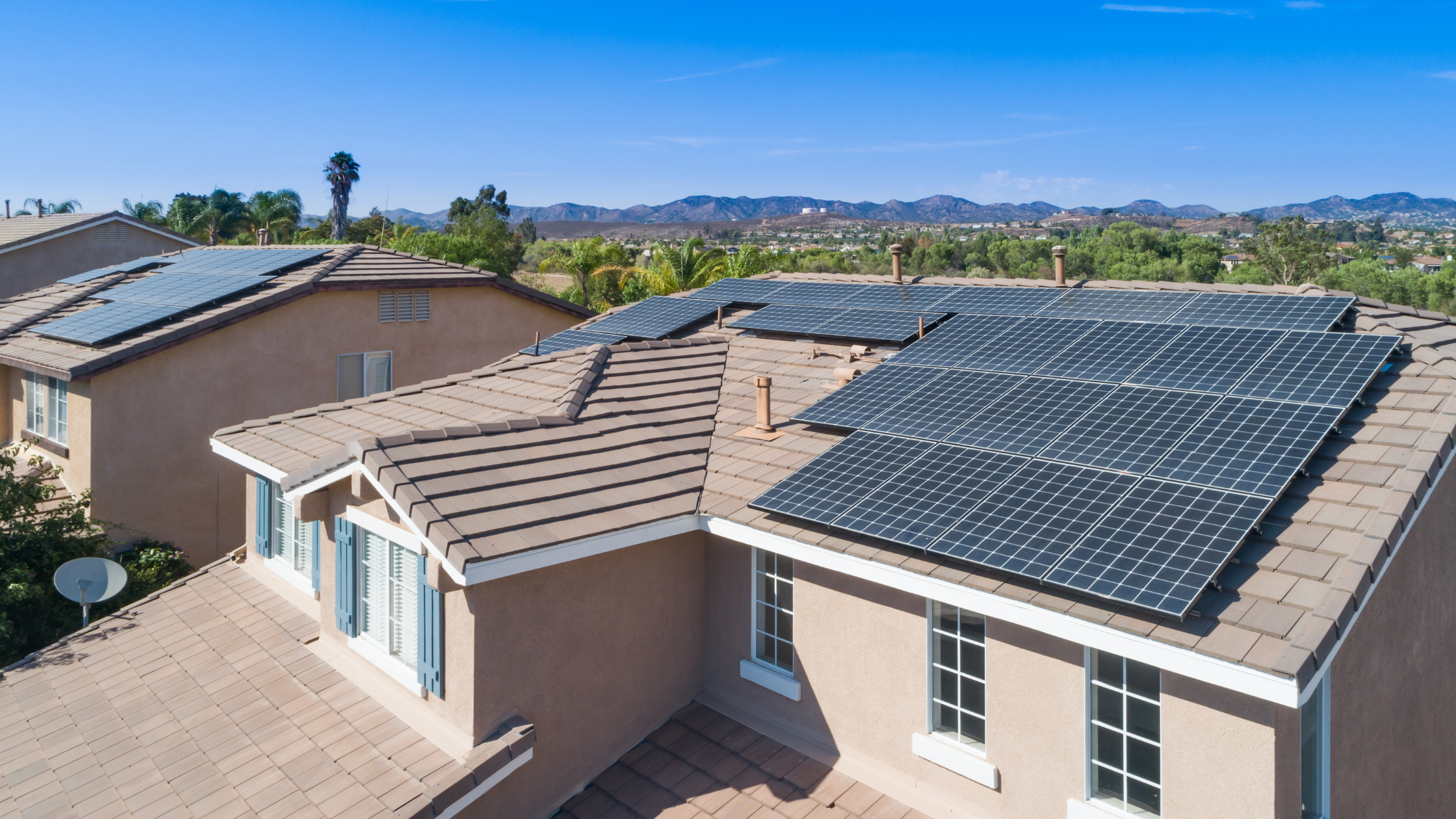
Undersea clean energy cables affect crab biology and migration
What’s happening? The migration habits and biology of brown crabs are affected by underwater power cables that mesmerise the crustaceans, according to research conducted at the St Abbs marine station in the Scottish Borders. Researchers have found that the electromagnetism produced by the cables affects the creatures’ blood cells. The crabs are attracted to the cables, which are used for offshore renewable energy, when they emit an electromagnetic field of 500 microteslas or more, according to Professor Alastair Lyndon. (The Guardian, Journal of Marine Science and Engineering)
Why does this matter? It’s important to recognise the lesser-known impacts of renewable energy infrastructure on marine biodiversity, given the key role clean energy has to play in the net-zero transition. While renewable projects are clearly a sustainable energy option, their impacts on ecosystems should also be accounted for.
Immobilised crabs… so what? While the temporary stunning of crabs (while it may be uncomfortable) isn’t necessarily an issue, the knock-on impacts on behaviour mean typical functions like foraging for food or finding mates are delayed. Altered activity levels also shifts sugar metabolism rates in the crabs in a similar manner to humans. Changing blood cell levels within the crabs’ bodies could also increase their susceptibility to bacterial infections.
Migratory patterns of male brown crabs – which typically move upwards along Scotland’s east coast – will also shift, creating a build-up in the south, and scarcity in the north-east – increasing the instability of catches for fisheries in some areas. On a larger scale, crabs are the second-most valuable crustacean species across the UK fleet following the langoustine, and changes to their migration could pose risks to the UK’s fishing sector.
Crabs aren’t cuddly – We’ve previously noted the focus from conservationists to promote the protection of charismatic flagship animals, despite other species potentially carrying greater ecological importance. While they may not be perceived as traditionally beautiful, equal attention should be given to protecting species such as crabs for the important ecological role they play within marine habitats. Animals like crabs are also at an inherent disadvantage – protecting underwater species is sometimes given less priority because they are not as visible compared to land-based wildlife.
How else are renewables affecting ecosystems? There are other unintentional environmental impacts resulting from clean energy projects. Conservation groups have raised other concerns over the UK’s offshore wind projects, for example, which could disrupt vulnerable carbon-storing habitats such as saltmarsh, seagrass and deep-sea mud habitats. The acoustics of drilling offshore wind turbines into the seabed as well as underwater sound generated from operational offshore wind farms are also a source of noise pollution for aquatic life. In terms of solar projects, a study found photovoltaic panels in large installations across California’s Mojave Desert altered the immediate microhabitat. Ground-based panels shade and block some areas from rainfall, shifting moisture levels and growing conditions for plants.
However, with the right planning renewable projects can be co-used to boost populations and reintroduce species. Van Oord, for instance, deployed oyster reef structures at its Borssele offshore wind farm in efforts to boost the North Sea’s oyster population amid a revival of Europe’s flat oyster beds.
What other solutions are there? Increased monitoring and tracking of marine life populations will contribute to knowledge on the impacts of offshore renewable development. Scientists from the University of Plymouth recently deployed devices to track the movements of the endangered crawfish, which are important to small-scale coastal fisheries. Employing tech-based mitigation can also help – Sercel recently launched Bluepulse, a marine acoustic source aiming to protect marine life from high-frequency noises.


